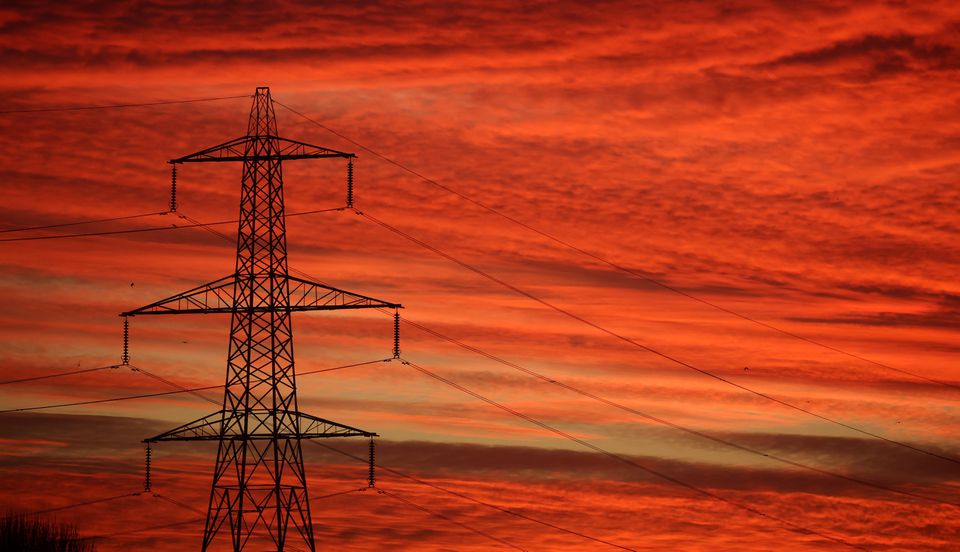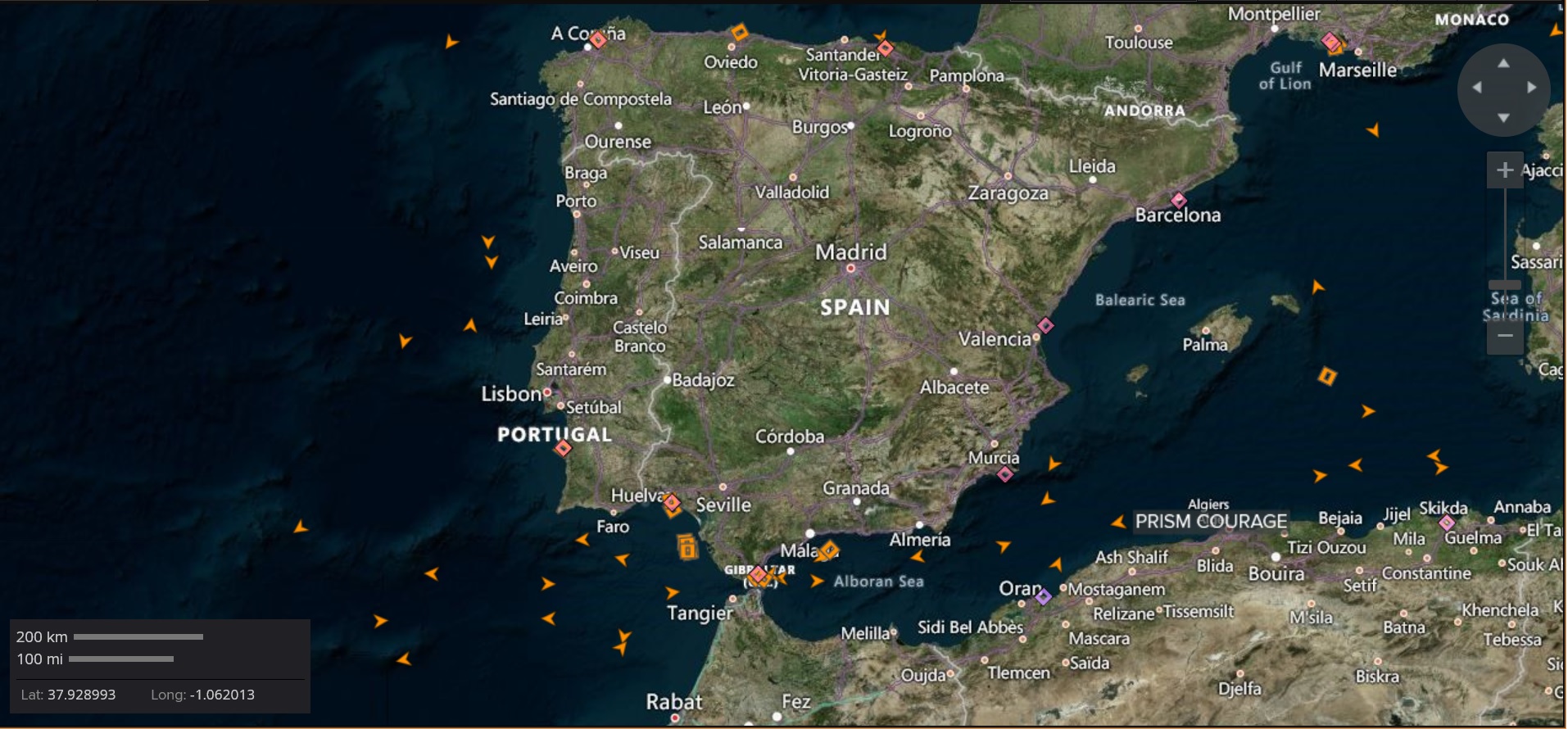
Dozens of ships carrying liquefied natural gas (LNG) circling off the coasts of Spain unable to secure slots to unload have prompted grid operators for the country to warn they may have to suspend loading to deal with this "exceptional situation".
Europe is facing an energy supply squeeze as Russia has progressively cut gas flows after the West imposed sanctions.
The region has had to find alternative supplies, including LNG, but the arrival of multiple cargoes of the superchilled fuel has exposed Europe's lack of "regasification" capacity, as plants that convert the seaborne fuel back to gas are operating at maximum limit.
If the backlog is not cleared soon those ships may start looking for alternative ports outside Europe to offload their cargo.
There are more than 35 LNG-laden vessels drifting off Spain and around the Mediterranean, with at least eight vessels anchored off the Bay of Cadiz alone, traders, analysts and sources at LNG terminals familiar with the situation said on Monday.

Congestion at Spain's LNG terminals
Spain is offering just six slots at its regasification terminals for cargoes this week, an industry source said, less than a fifth of the number of vessels queuing off its coasts. The country has six terminals in total.
In a statement issued late on Monday and entitled "declaration of exceptional operational situation", Spain's national gas grid operator Enagas said it may have to reject unloads of LNG due to overcapacity at its terminals.
It added that high occupation levels at the country's regasification plants was expected to remain at least until the first week of November.
There are also LNG vessels at anchor near other European countries which could mean dozens more are waiting, one source with knowledge of the situation said.
"Floating storage levels in LNG shipping is at all time high levels with slightly more than 2.5million tonnes tied up in floating storage," said Oystein Kalleklev, chief executive of shipowner FLEX LNG Management.
The shortage of regasification plants, or pipelines connecting countries that have those facilities to other European markets, means that the LNG floating offshore cannot be used. "We have seen a high number of cargoes waiting offshore in southern Spain or circling in the Med, as well as some cargoes waiting off the UK," said Alex Froley, LNG analyst at data intelligence firm ICIS.
The bottlenecks have been compounded by lower industrial demand as Europe's economy slows as well as lower-than-expected domestic consumption in Spain due to unseasonably warm weather.
ICIS's Froley said another reason for the congestion is that prices are expected to rise as winter approaches and heating demand increases, so some ships are waiting to sell their cargoes at a higher price that can offset the extra shipping costs incurred by sitting offshore.
Price of an LNG cargo delivered in late November or early December is around $2/mmBtu higher than current prices.
"This strategy partly works because some companies have flexibility in their shipping portfolios due to outages like the closure of the U.S. Freeport plant," Froley said.
He was referring to the second-largest U.S. exporter of LNG that halted operations in June after an explosion and fire.
"If more cargoes were being produced companies might not be able to leave their ships waiting around so long," he said.
Earlier on Monday, China halted LNG sales to foreign buyers to ensure its own supply, which market players say might push more vessels to head to Asia.
Spain has the biggest regasification capacity in the European Union, accounting for 33% of all LNG and 44% of LNG storage capacity.
This week, the leaders of France, Germany, Spain and Portugal are scheduled to meet to try to reach an agreement on the MidCat pipeline that could carry Spanish gas - and in the future hydrogen - to central Europe.
MidCat would create a third gas connection between France and Spain, which its main backers, Madrid, Lisbon and more recently Berlin, say would help Europe reduce its Russian gas reliance.